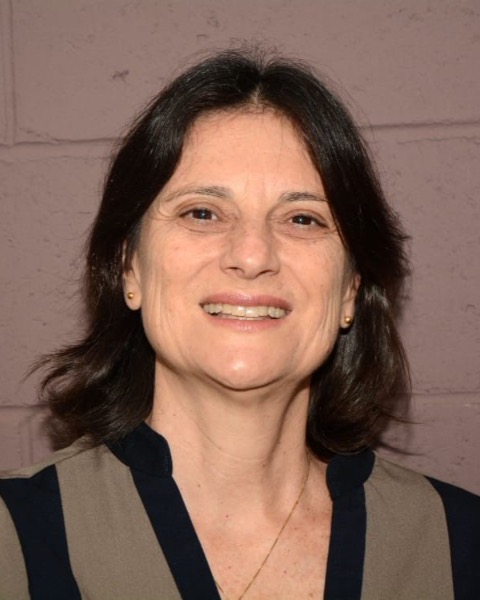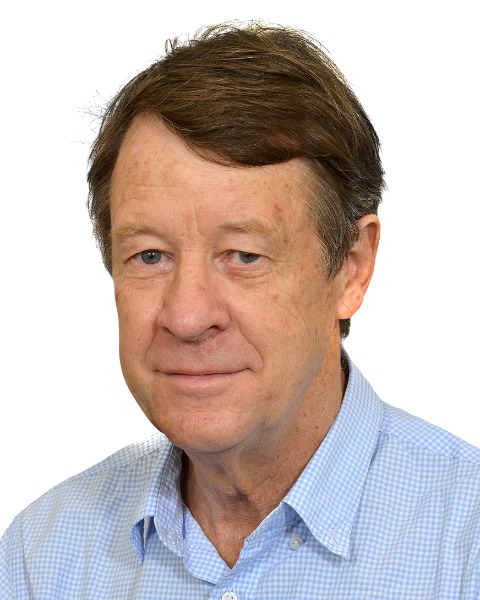Neuro-Audiology (NA)
(PP1005) Listening in Specialized Noise Sentences: LISN-S in Brazilian Portuguese: Sentence Equalization Step

Maria Francisca Colella-Santos, PHD
Associate Professor
Unicamp, Brazil.jpg)
Leticia R. Borges Ifanger, PhD
Professor
Pontifical Catholic University of Campinas
Campinas, Sao Paulo, Brazil
Harvey Dillon, PHD
Professor
Macquarie University
Sydney, New South Wales, Australia- BM
Bruno S. Masiero
Assistant Professor
University of Campinas, Brazil
Campinas, Sao Paulo, Brazil
Lead Presenter(s)
Presenter(s)
Contributor(s)
The LISN-S is only available in the English language. Therefore, a study is being carried out to develop the LISN-S test in Brazilian Portuguese, including presentation software, audio database in Portuguese and normality criteria for a age group from 6 to 11 years old. The steps to develop a software to assess spatial processing and speech material for the Portuguese database, which was inserted into the software, were concluded. Moreover, sentence intelligibility equalization has also been completed and the entire process will be described.
Summary:
Rationale: The LISN-S is a test to evaluate auditory spatial processing. Currently it is only available in the English language. Therefore, a study is being carried out to develop the LISN-S test in Brazilian Portuguese, including presentation software, audio database in Portuguese and normality criteria for a age group from 6 to 11 years old. The steps to develop a software to assess spatial processing and speech material for the Portuguese database, which was inserted into the software, were concluded. Moreover, sentence intelligibility equalization has also been completed and the entire process will be described below.
Design: This is a cross-sectional study approved by the Institution's Ethical Commitee, under nº. 3,462,572. The sample consisted of 35 adults(median of 22 years;30 females and 5 males) and 24 children aged between (median of 9 years; 8 females and 16 males). Inclusion criteria included normal hearing and good performance at school. Initially, the audiological assessment was applied which consisted of pure tone audiometry, speech audiometry and immittance testing followed by school performance test, which included writing and reading assessment. The Sentence Intelligibility Test was applied through a computer coupled to a Sennheiser HD 280 PRO headset via an RME Madiface audio interface. Each volunteer was instructed to repeat the phrase heard after the beep and to ignore the competitive story. The number of correctly repeated words was registered into the software to obtain the speech recognition threshold. All tests were performed in a silent room of a public school. Target sentences and competing histories were presented simultaneously in blocks of 31 sentences with rest in between. For the first block there was an extra 2 training sentences presented with a fixed 7dB signal-to-noise ratio (SNR). The remaining sentences were presented in an adaptive fashion. At the end of each block the Speech Recognition Threshold (SRT) was estimated.
Results: For each subject we discarded the training, calculated an average SRT, and used it to normalize each sentence’s SNR. An ANOVA test on the subject’s normalized SRT (nSRT) indicated that two subjects performed significantly different than the others and where, therefore, discarded. Then, for each sentence, we fitted a logit curve to the percent correct word by nSNR using least square regression. All sentences whose corrected coefficient of determination (R²) was smaller than 0.5 were also discarded. For the remaining sentences we selected the 120 sentences whose nSNR needed to achieve 50% correct identification of words (a) and slope of the steepest portion of the curve (b) were closest, in an Linf norm, to its median value, which resulted in |a| < 1.9dB and 0.28 < b < 0.78. The selected sentences were adjusted in amplitude by -a for equal intelligibility.
Conclusion: Research is ongoing and software and speech material are ready for application in the selected sample. It is hoped that the results obtained in this research may provide support for understanding the functioning of the central auditory nervous system structures involved in binaural interaction tasks, from the cochlear nucleus to the auditory cortex.
Learning Objectives:
- Upon completion, participants will be able to analyze sentence equalize process
